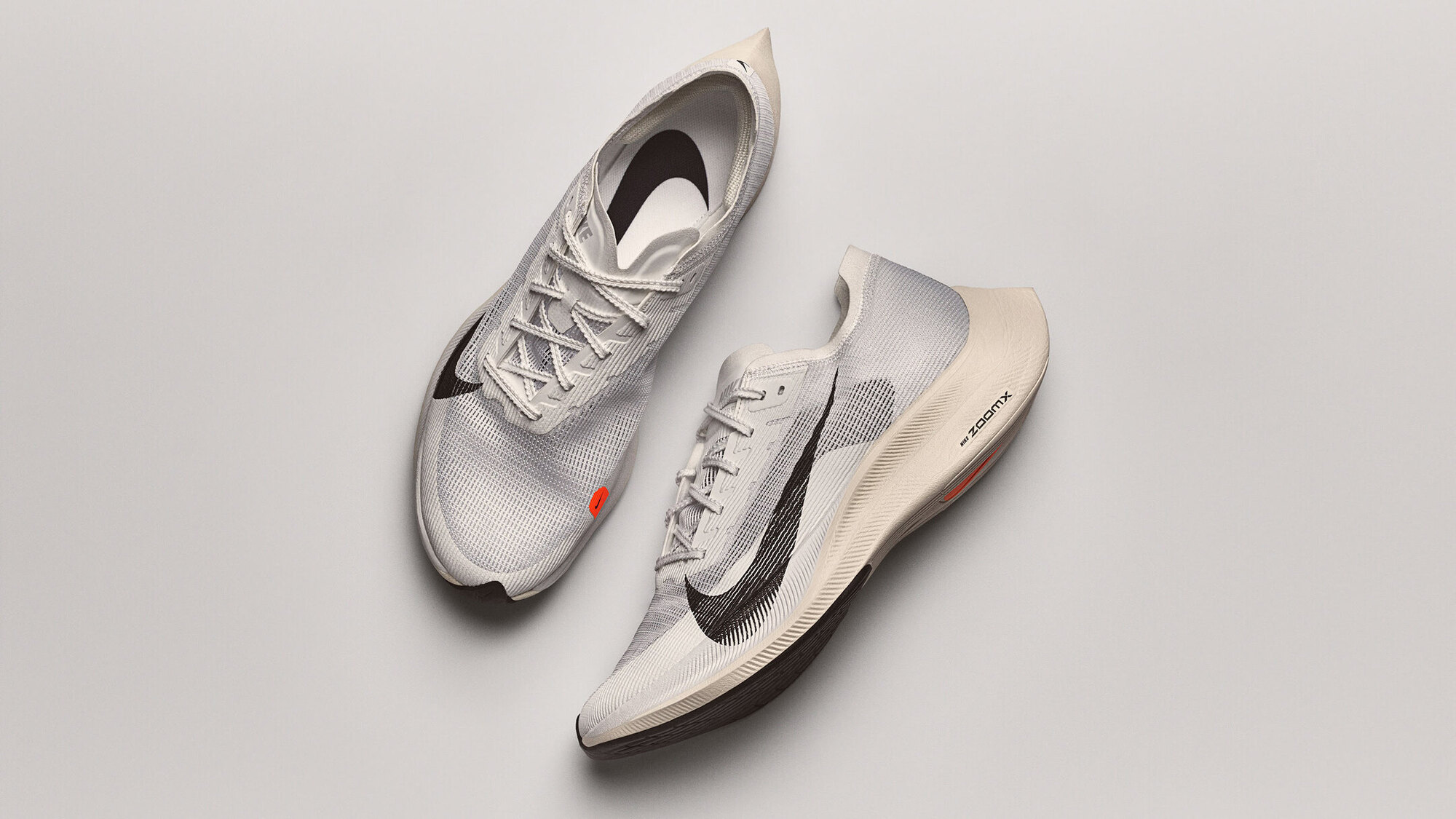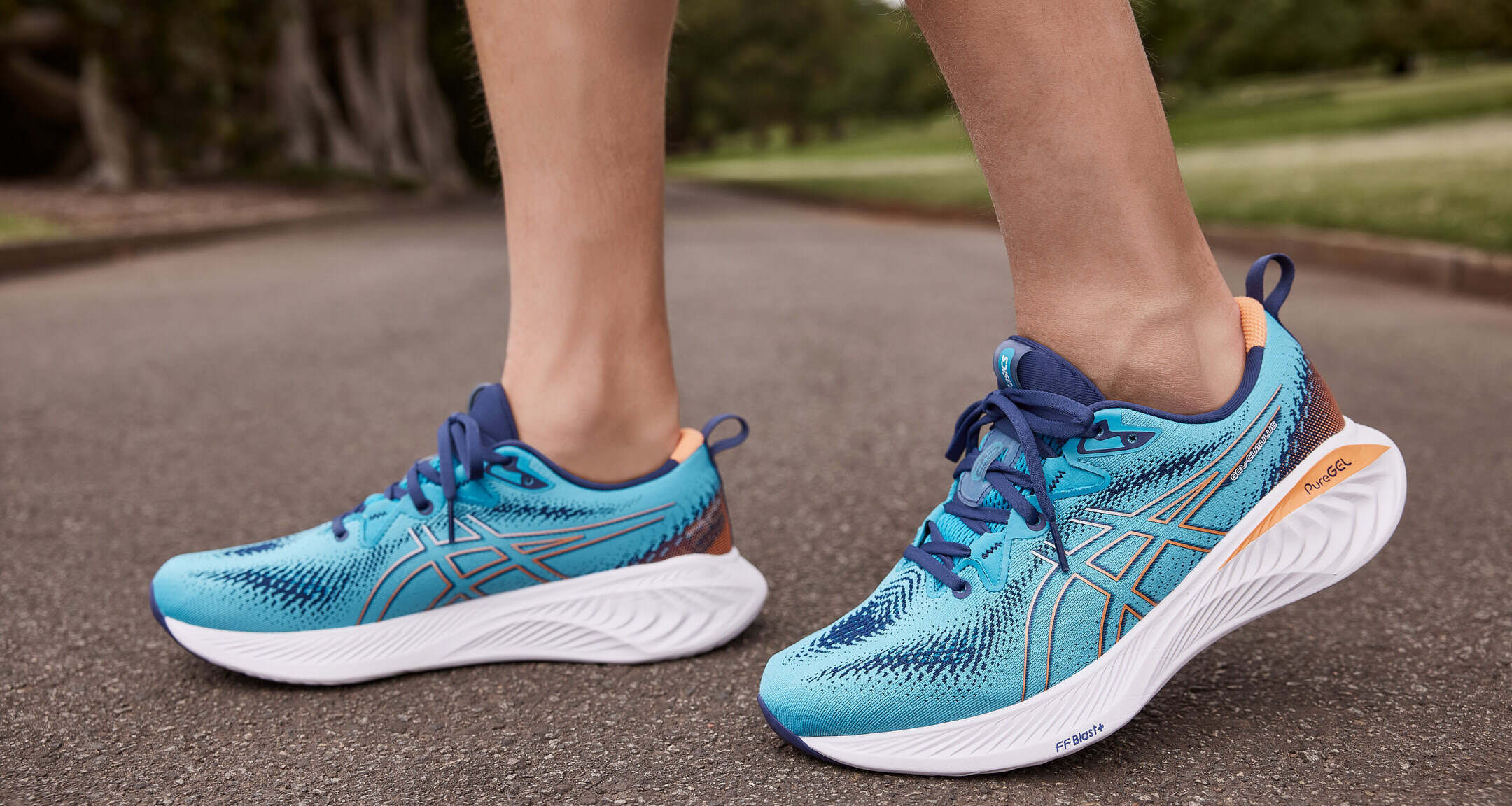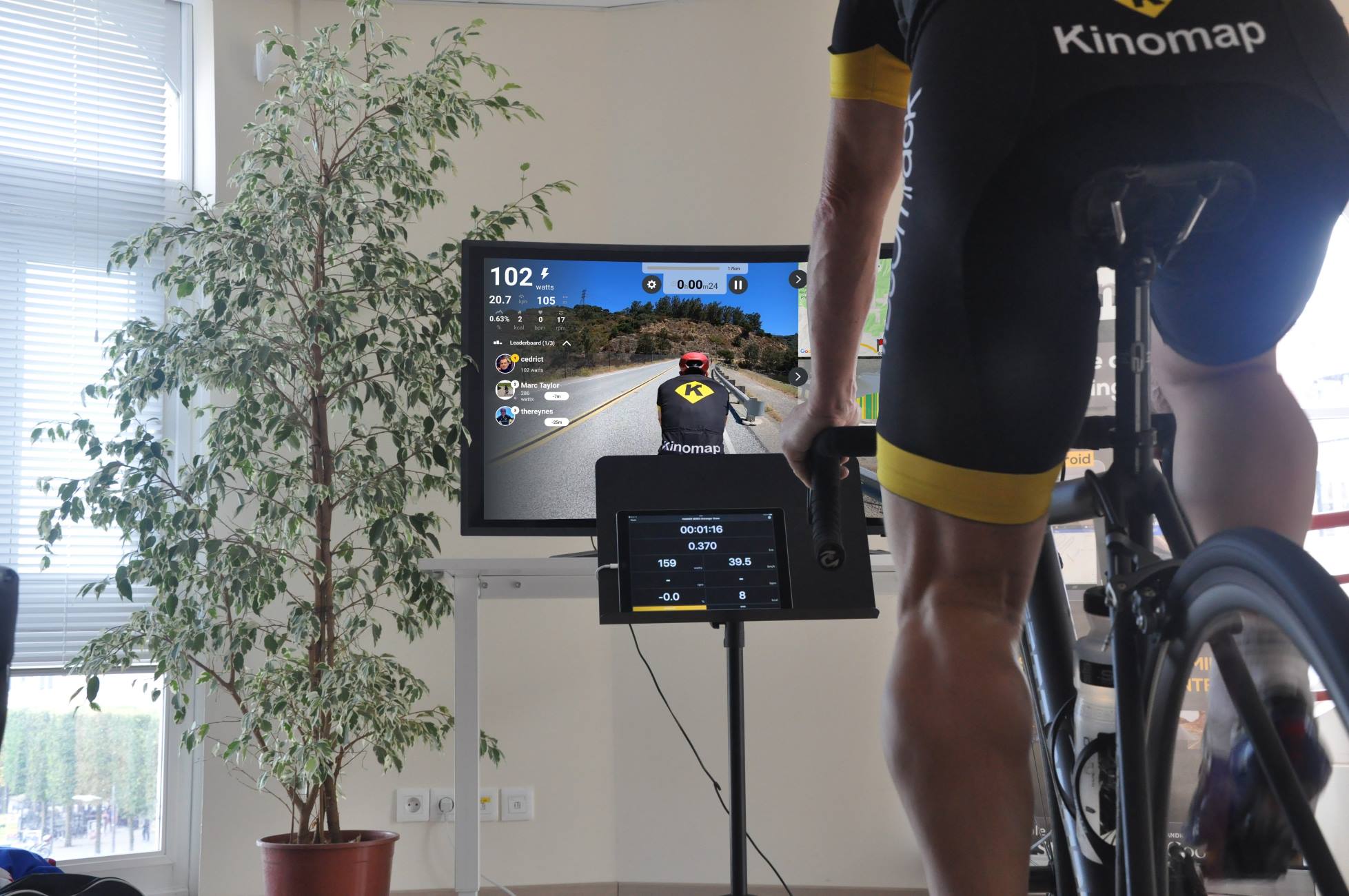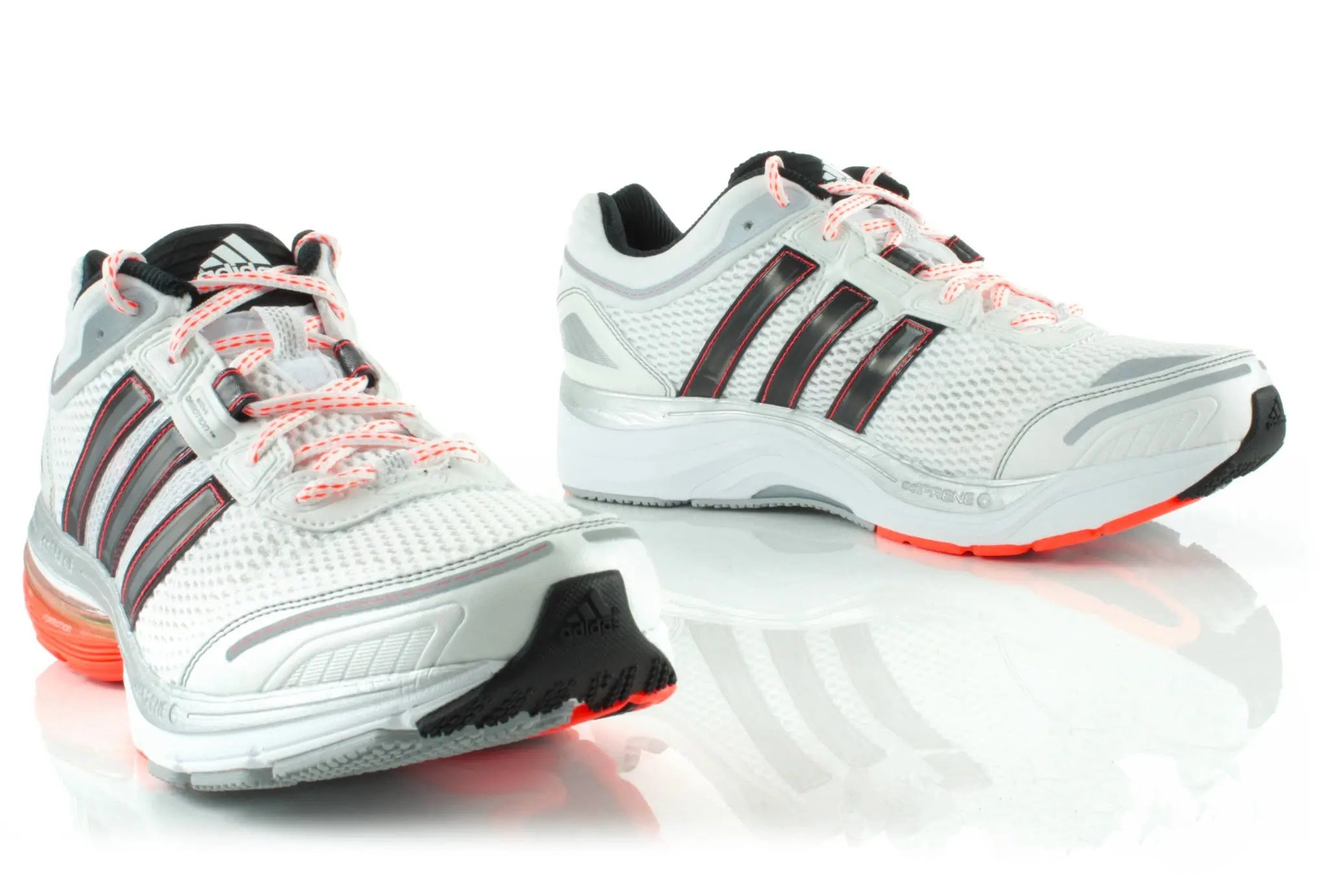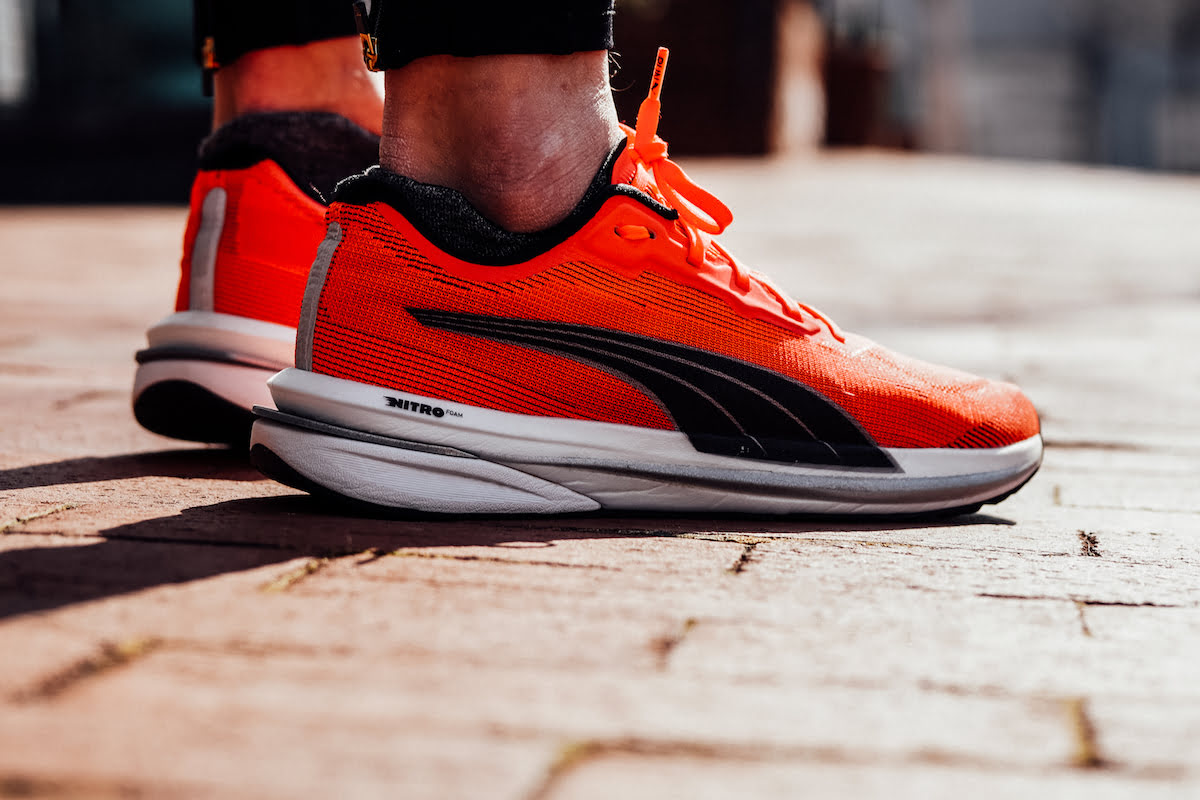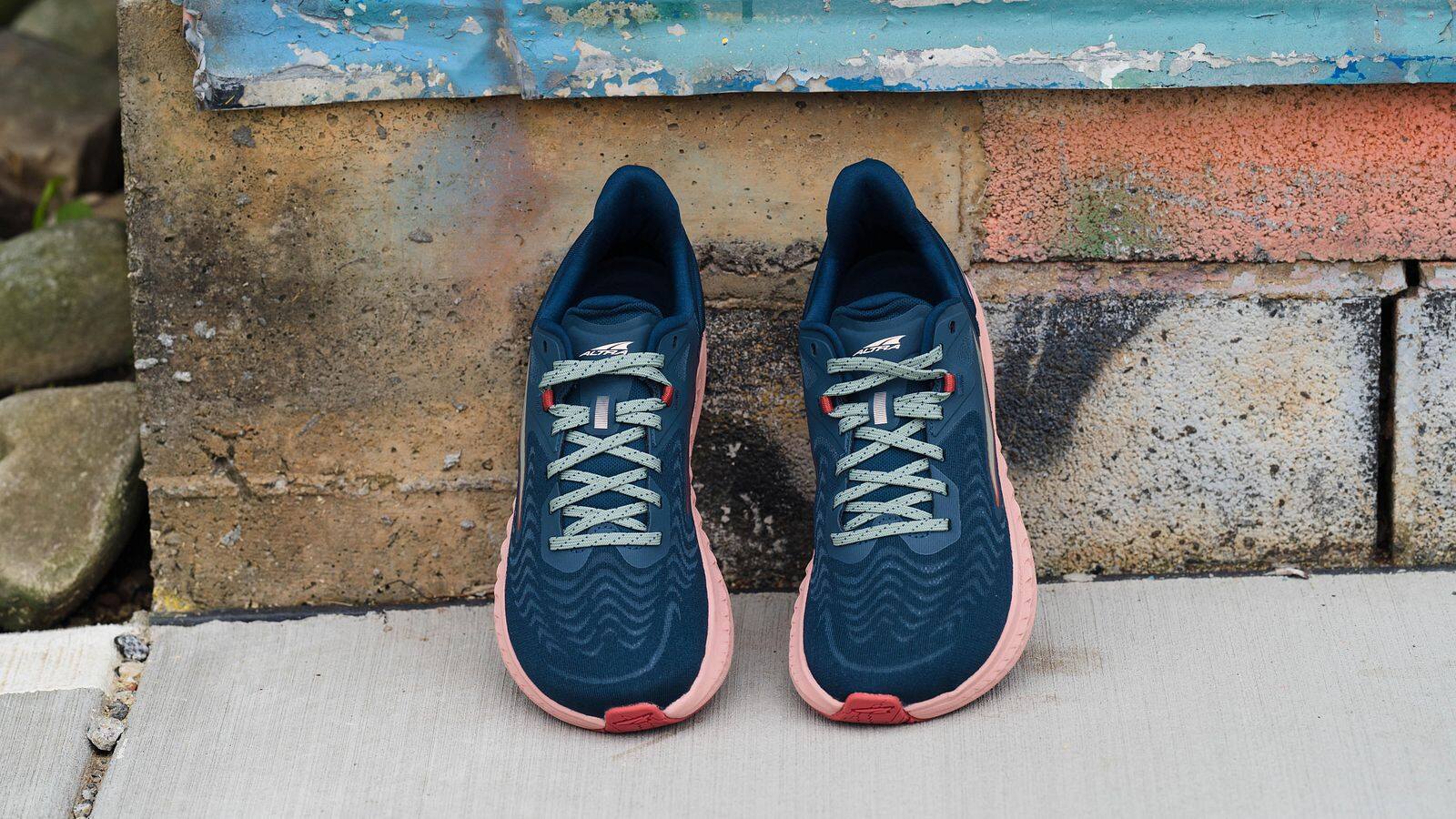Home>Gear & Reviews>Apparel>Adidas Vs Nike Sizing: Which Brand Offers The Best Fit For Runners?
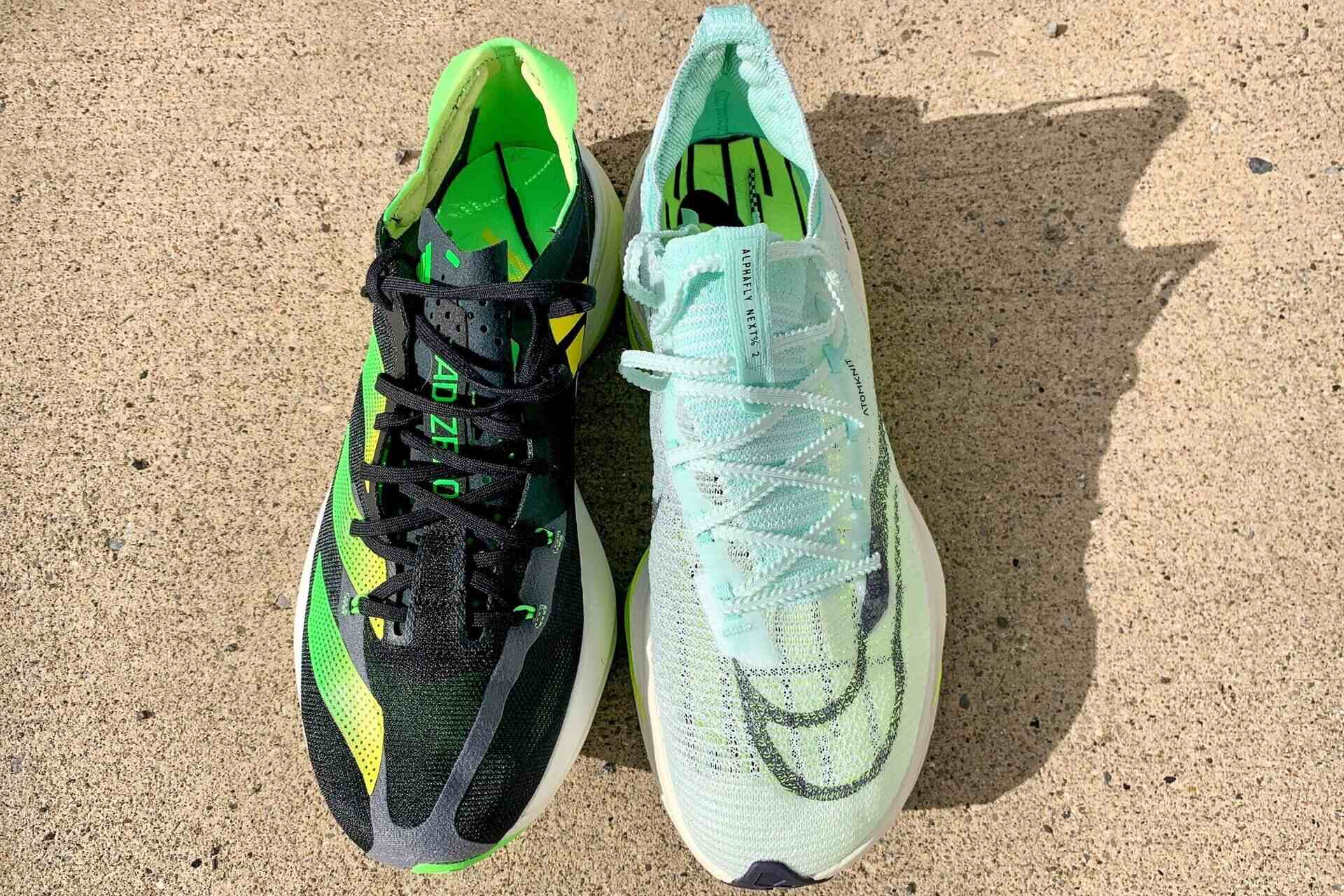

Apparel
Adidas Vs Nike Sizing: Which Brand Offers The Best Fit For Runners?
Published: February 9, 2024
Find the perfect fit for your running apparel with our comparison of Adidas and Nike sizing. Discover which brand offers the best fit for runners.
(Many of the links in this article redirect to a specific reviewed product. Your purchase of these products through affiliate links helps to generate commission for Therunningadvisor.com, at no extra cost. Learn more)
Table of Contents
Introduction
When it comes to choosing the perfect running shoes, the fit is paramount. The right size can make all the difference in terms of comfort, performance, and injury prevention. Two of the most renowned athletic brands, Adidas and Nike, have long been at the forefront of producing top-quality running shoes. However, one crucial aspect that often perplexes runners is the sizing differences between these two brands. Understanding the nuances of Adidas and Nike sizing can significantly impact the overall running experience.
In this comprehensive guide, we will delve into the intricacies of Adidas and Nike sizing for runners. By examining the unique characteristics of each brand’s sizing system, we aim to provide valuable insights that will assist runners in making informed decisions when selecting their next pair of running shoes. Whether you’re a seasoned marathon runner or a casual jogger, understanding the sizing disparities between Adidas and Nike can help you find the perfect fit for your feet. So, let’s lace up and embark on this journey to unravel the sizing mysteries of Adidas and Nike running shoes.
Understanding Sizing Differences
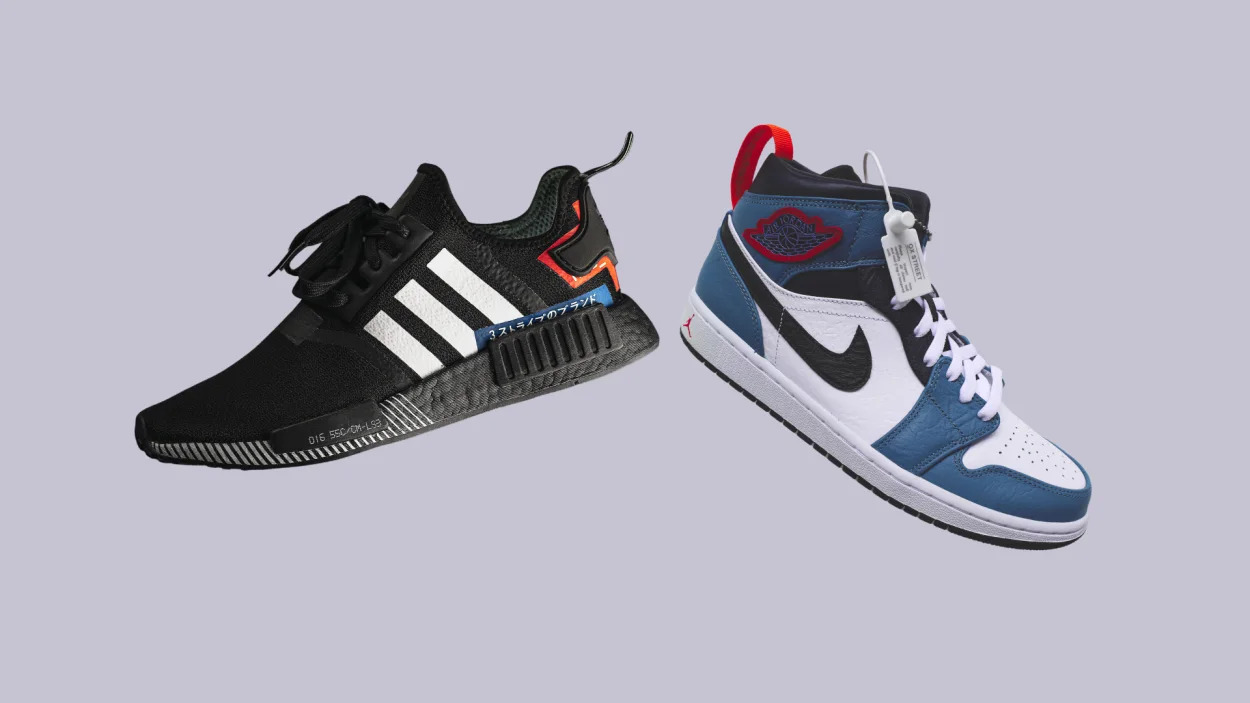
When it comes to athletic footwear, the sizing landscape can be quite diverse, and this holds true for Adidas and Nike running shoes. Understanding the sizing differences between these two iconic brands is essential for runners seeking the perfect fit.
Adidas and Nike employ distinct sizing systems, which can lead to variations in fit and comfort. Adidas shoes are known for their consistent sizing across different models, providing runners with a reliable and predictable fit. On the other hand, Nike shoes may exhibit slight variations in sizing, depending on the specific model and design. This means that a runner who wears a size 9 in one Nike running shoe might find that a different Nike model in the same size feels slightly different on their feet.
Moreover, the shape and structure of Adidas and Nike shoes can also contribute to sizing disparities. Adidas shoes are often recognized for their roomy toe boxes, allowing for ample toe splay and a comfortable fit. In contrast, Nike shoes are designed with a snug and contoured fit, which may influence the sizing perception for runners accustomed to a more spacious toe box.
Another factor to consider is the materials used in the construction of the shoes. Adidas and Nike utilize different materials and technologies in their running shoe designs, which can impact the overall fit and feel. For instance, Adidas Boost technology offers a responsive and cushioned ride, while Nike’s React foam provides a lightweight and springy sensation. These material differences can influence the sizing experience, as they may affect the overall volume and shape of the shoe.
Furthermore, the arch support and heel-to-toe drop in Adidas and Nike shoes can vary, potentially influencing the perceived fit for runners with specific foot characteristics. Runners with high arches or those who prefer a lower heel-to-toe offset may find that one brand’s sizing accommodates their needs more effectively than the other.
In essence, understanding the sizing differences between Adidas and Nike goes beyond simply comparing numbers on a size chart. It involves recognizing the nuanced aspects of fit, structure, materials, and design philosophy that distinguish these two brands. By gaining insight into these sizing disparities, runners can make informed decisions when selecting the ideal running shoes for their individual preferences and biomechanics.
Adidas Sizing for Runners
Adidas has established itself as a prominent player in the running shoe market, renowned for its commitment to delivering exceptional performance and comfort. When it comes to sizing, Adidas has garnered a reputation for offering consistent and reliable fits across its diverse range of running shoes.
One notable aspect of Adidas sizing is its adherence to a standardized approach, ensuring that runners can expect a familiar fit regardless of the specific model they choose. This consistency is particularly advantageous for runners who have found their ideal size in one Adidas running shoe and seek a similar fit in another model. The reliability of Adidas sizing instills confidence in runners, allowing them to make informed purchasing decisions without the uncertainty of potential sizing discrepancies.
In addition to its consistent sizing, Adidas running shoes are characterized by their roomy toe boxes, which contribute to a comfortable and accommodating fit. The ample toe space allows for natural toe splay, enabling runners to maintain a stable and balanced stride while experiencing minimal pressure on their toes. This feature is especially beneficial for runners who prioritize toe comfort and seek a shoe that provides sufficient room for their forefoot to expand during the running motion.
Furthermore, Adidas incorporates innovative technologies into its running shoe designs, such as the renowned Boost cushioning, which enhances the overall comfort and responsiveness of the shoes. The incorporation of Boost technology contributes to a plush and supportive underfoot feel, elevating the running experience for athletes seeking optimal cushioning and energy return.
Moreover, Adidas offers a diverse array of width options for many of its running shoe models, catering to runners with varying foot shapes and dimensions. This inclusivity in width selection enables runners to find a more personalized fit that aligns with their specific foot anatomy, ensuring that the shoes accommodate their individual needs and preferences.
Overall, Adidas sizing for runners embodies a commitment to consistency, comfort, and customization. By prioritizing a standardized approach to sizing, incorporating roomy toe boxes, integrating advanced cushioning technologies, and offering diverse width options, Adidas continues to empower runners with the confidence to pursue their running endeavors while enjoying a tailored and supportive fit that enhances their performance and comfort.
Nike Sizing for Runners
Nike, a global leader in athletic footwear, has solidified its presence in the running shoe market by consistently delivering innovative designs and cutting-edge performance features. When it comes to sizing, Nike employs a nuanced approach that caters to the diverse needs and preferences of runners.
One distinctive aspect of Nike sizing is its emphasis on providing a tailored and performance-oriented fit across its extensive range of running shoes. Nike understands that the right fit is essential for optimizing running performance and minimizing the risk of discomfort or injury. As a result, Nike has implemented a sizing system that prioritizes precision and adaptability, allowing runners to find their ideal fit based on their unique foot characteristics and running style.
Nike’s commitment to offering a personalized fit is evident in the brand’s utilization of advanced technologies and materials that contribute to the overall comfort and performance of its running shoes. Nike incorporates features such as Flyknit uppers, which offer a snug and supportive fit that conforms to the shape of the foot, providing a sock-like sensation that enhances comfort and stability during running activities. Additionally, Nike’s use of responsive cushioning technologies, such as Zoom Air and React foam, ensures that the shoes deliver a dynamic and energized ride, catering to the specific needs of runners seeking optimal performance and comfort.
Furthermore, Nike recognizes the importance of accommodating diverse foot shapes and dimensions, leading the brand to offer a range of width options for select running shoe models. This inclusivity in width selection reflects Nike’s commitment to ensuring that runners can find a fit that aligns with their individual foot anatomy, promoting a more personalized and comfortable running experience.
In addition to its focus on fit customization, Nike’s sizing system takes into account the varying design characteristics of its running shoes. Nike offers a wide array of models, each tailored to specific running styles and preferences. As a result, Nike sizing may exhibit slight variations across different models, allowing runners to select the most suitable size based on the unique attributes of each shoe.
Overall, Nike sizing for runners embodies a dedication to precision, performance, and adaptability. By integrating advanced technologies, offering width options, and tailoring sizing to the specific attributes of each running shoe model, Nike empowers runners to find their perfect fit, enabling them to pursue their running goals with confidence and comfort.
Comparing Fit and Comfort
When it comes to selecting the ideal running shoes, the interplay between fit and comfort holds paramount importance. Both Adidas and Nike have garnered acclaim for their commitment to delivering exceptional fit and comfort in their running shoe offerings. By comparing the fit and comfort aspects of Adidas and Nike running shoes, runners can gain valuable insights into the unique characteristics that define each brand’s approach to enhancing the running experience.
Adidas, known for its consistent sizing and roomy toe boxes, prioritizes a fit that emphasizes ample space for natural toe splay. This design philosophy allows runners to maintain a stable and balanced stride while experiencing minimal pressure on their toes, contributing to an overall comfortable running experience. The incorporation of Boost cushioning technology further elevates the comfort of Adidas shoes, providing a plush and supportive underfoot feel that enhances the running performance of athletes seeking optimal cushioning and energy return.
On the other hand, Nike’s sizing system is tailored to provide a personalized and performance-oriented fit, catering to the diverse needs and preferences of runners. The utilization of advanced technologies, such as Flyknit uppers and responsive cushioning, ensures that Nike shoes offer a snug and supportive fit that conforms to the shape of the foot, delivering a sock-like sensation that enhances comfort and stability during running activities. This emphasis on precision and adaptability reflects Nike’s commitment to optimizing running performance while minimizing the risk of discomfort or injury.
In terms of comfort, Adidas and Nike both prioritize the integration of innovative materials and technologies that enhance the overall running experience. Adidas’ Boost cushioning and Nike’s Zoom Air and React foam exemplify the brands’ dedication to providing responsive and energized rides, catering to the specific needs of runners seeking optimal comfort and performance. Additionally, both brands offer a range of width options for select running shoe models, ensuring that runners can find a fit that aligns with their individual foot anatomy, promoting a more personalized and comfortable running experience.
When comparing the fit and comfort of Adidas and Nike running shoes, it becomes evident that both brands excel in their respective approaches. Adidas emphasizes consistent sizing, roomy toe boxes, and advanced cushioning technologies, while Nike prioritizes precision, adaptability, and performance-oriented fits. Ultimately, the choice between Adidas and Nike comes down to individual preferences, biomechanics, and the specific comfort and performance features that resonate with each runner. By understanding the nuanced differences in fit and comfort, runners can make informed decisions that align with their unique needs and elevate their running endeavors.
Conclusion
In conclusion, the sizing disparities between Adidas and Nike running shoes encompass a myriad of factors that influence the fit, comfort, and overall running experience for athletes. Understanding the nuanced differences in sizing systems, design philosophies, and technological innovations employed by these two iconic brands is essential for runners seeking the perfect fit for their feet.
Adidas has distinguished itself with a commitment to consistent sizing, roomy toe boxes, and advanced cushioning technologies, such as the renowned Boost cushioning. The brand’s standardized approach to sizing instills confidence in runners, allowing them to anticipate a familiar fit across different models. The spacious toe boxes cater to natural toe splay, promoting a comfortable and stable stride, while the incorporation of Boost cushioning enhances the overall comfort and responsiveness of Adidas shoes.
On the other hand, Nike’s sizing system prioritizes precision, adaptability, and performance-oriented fits, catering to the diverse needs and preferences of runners. The utilization of advanced technologies, including Flyknit uppers and responsive cushioning, reflects Nike’s dedication to providing a tailored and supportive fit that enhances comfort and stability during running activities. Additionally, Nike’s range of width options for select running shoe models underscores the brand’s commitment to accommodating diverse foot shapes and dimensions, promoting a more personalized and comfortable running experience.
Both Adidas and Nike excel in integrating innovative materials and technologies that elevate the overall running experience, offering responsive and energized rides that cater to the specific needs of runners seeking optimal comfort and performance. The interplay between fit and comfort underscores the brands’ shared commitment to enhancing the running experience for athletes of all levels.
Ultimately, the choice between Adidas and Nike sizing for runners hinges on individual preferences, biomechanics, and the specific comfort and performance features that resonate with each runner. By gaining insight into the unique characteristics that define each brand’s approach to sizing, runners can make informed decisions that align with their unique needs and elevate their running endeavors.
In the dynamic landscape of athletic footwear, the sizing disparities between Adidas and Nike running shoes underscore the brands’ unwavering dedication to empowering runners with the confidence to pursue their running goals while enjoying a tailored and supportive fit that enhances their performance and comfort.


